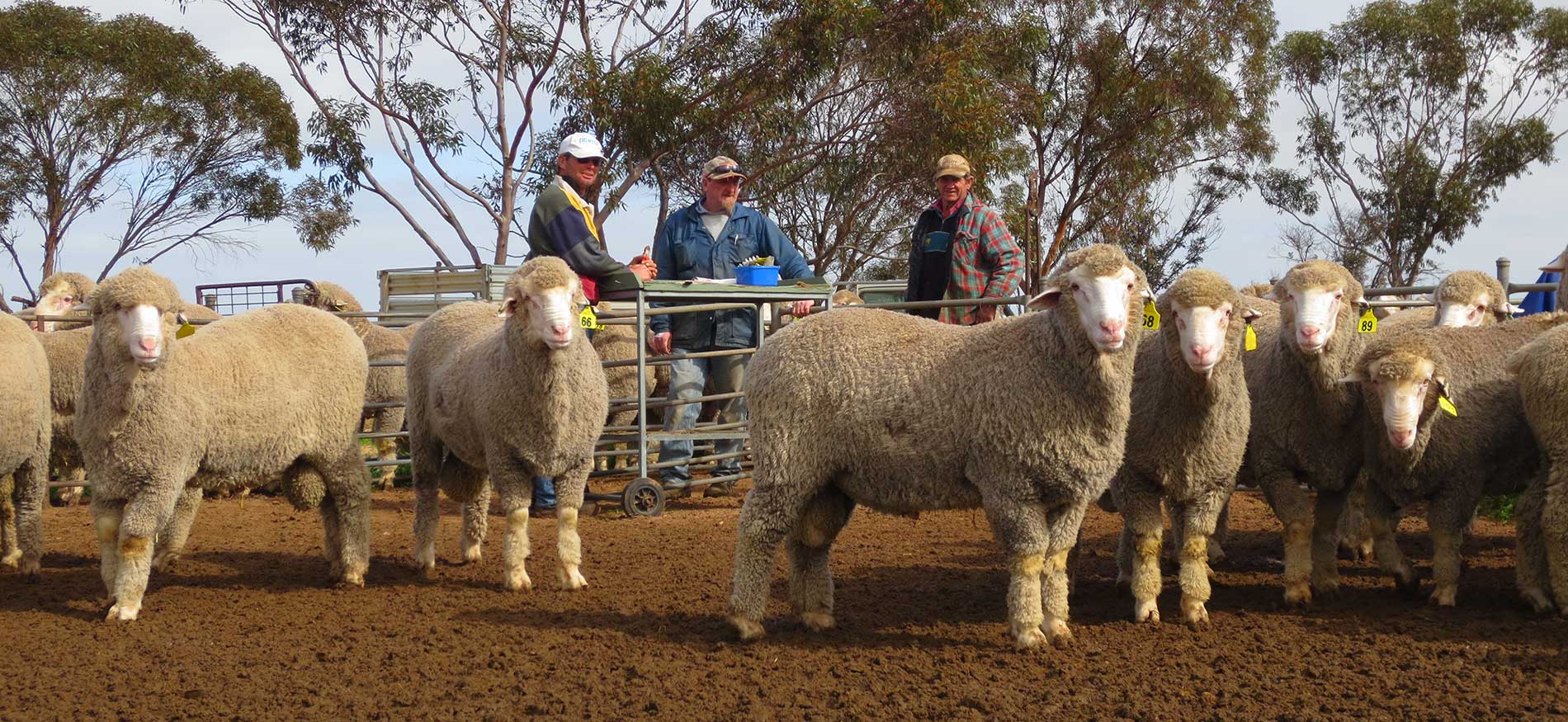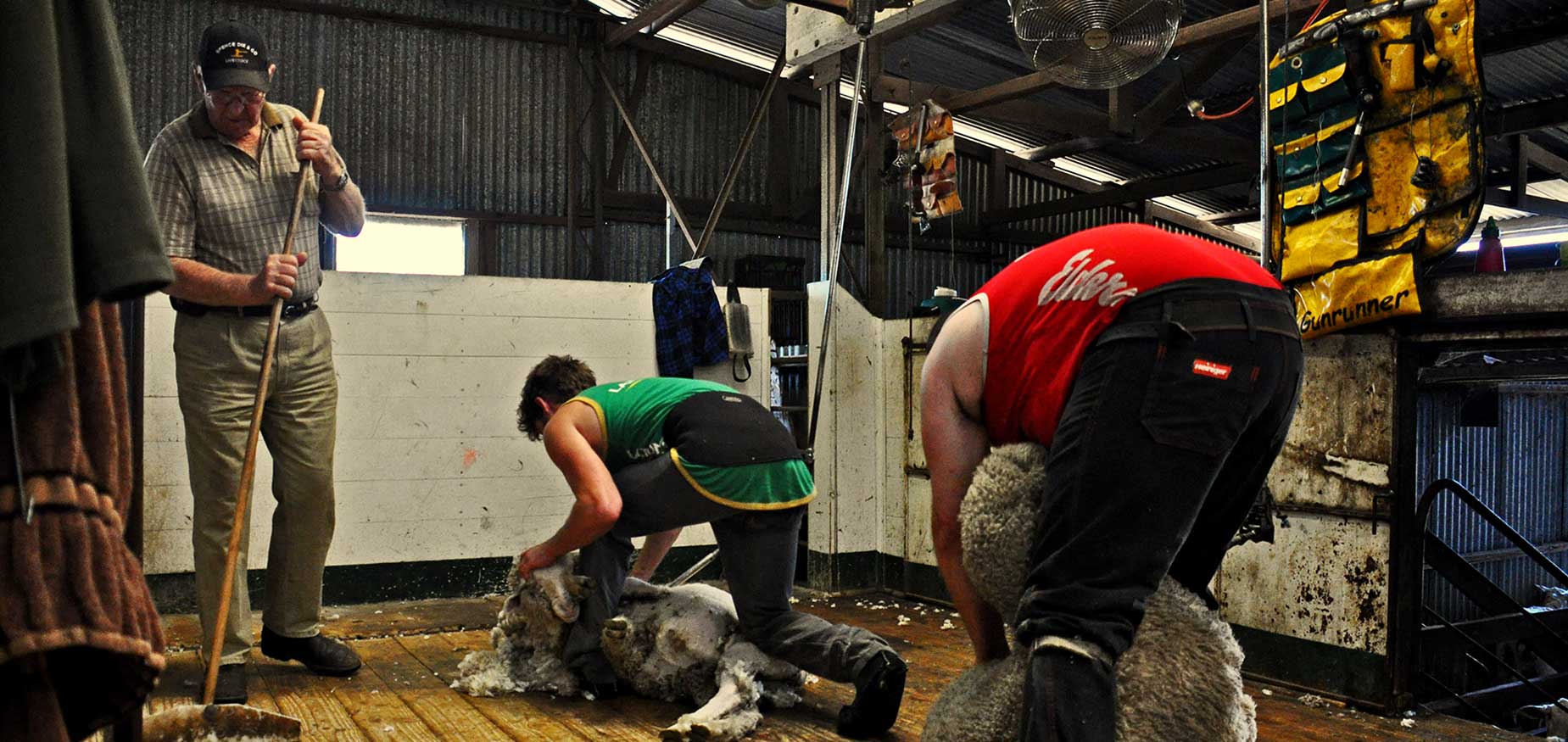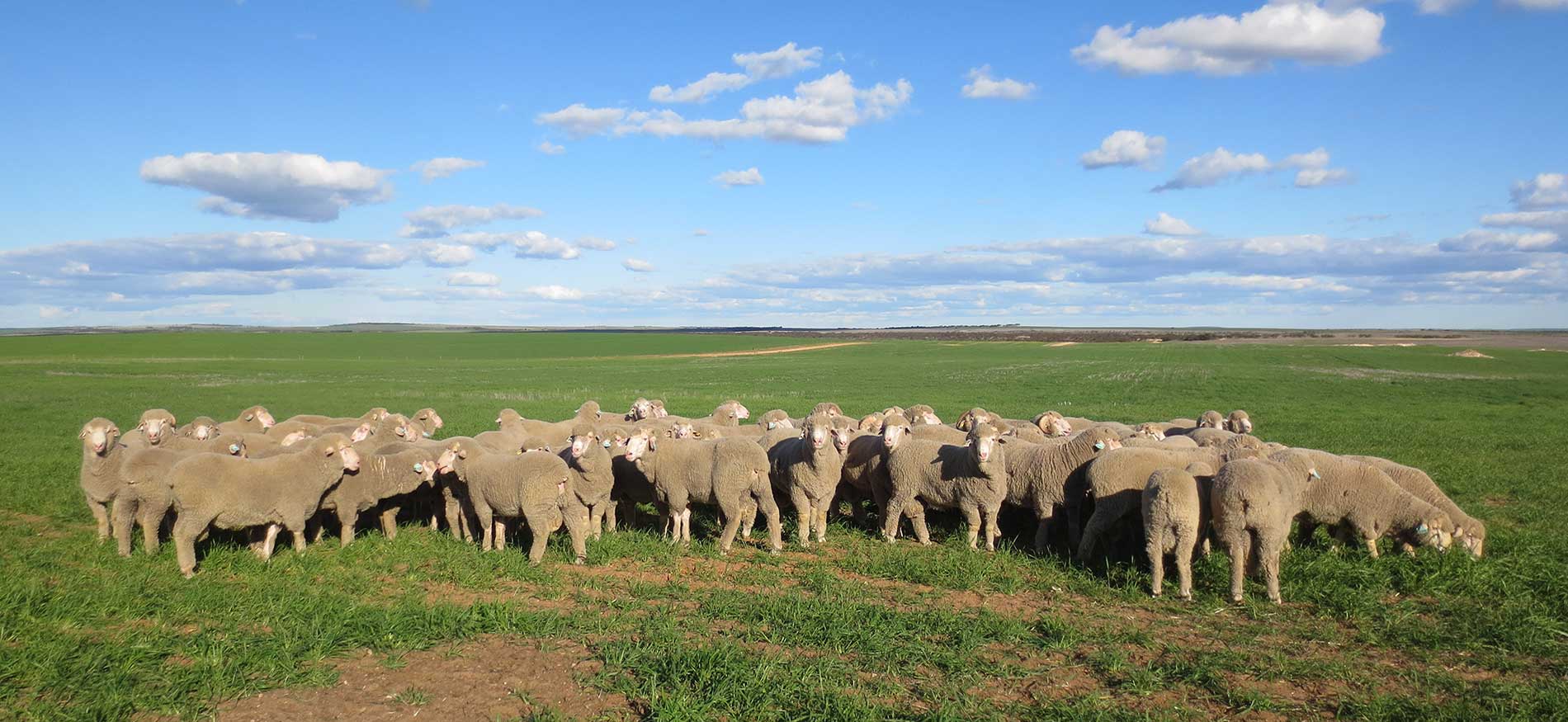Stock Journal Article - April 2025
Author: Dr Jim Walsh, Coopers Animal Health
A reminder to sheep farmers to be aware of Campylobacter, a common bacteria found across the country which is the leading cause of infectious abortions in sheep1. In a season where many producers may be considering supplementary or containment feeding pregnant ewes, the risk of Campylobacter must be considered in their management plans.
Campylobacter is a bacterial infection that causes abortions and still births in ewes. There are two strains of Campylobacter, C. jejuni and C. fetus fetus, that are known to cause lamb abortions with 95% of over 600 Australian farms tested by MSD representatives, testing positive for at least one strain of the bacteria4. Campylobacter can be found in the intestines of healthy sheep and is shed in in faeces, urine, birthing fluids, and aborted foetuses. This leads to contaminated pastures, water sources and therefore the ingestion of the bacteria by previously unexposed sheep. Infected ewes appear healthy and productive and may only show signs of Campylobacter when they don’t produce a lamb.
Lamb losses from Campylobacter vary from region to region and season to season. What we commonly see is low-level losses across many farms, particularly in first lambers. Farmers have come to accept that maidens will have lower lambing rates than older ewes but that can be minimised with good management and vaccination with Campyvax.
Producers are encouraged to consider the greater risks associated with some flock management practises utilised in dry times to manage pregnant ewes.
Trail feeding pregnant ewes
- Containment feeding pregnant ewes or
- Combining maiden ewes with older ewes to simplify management
These situations increase the risk of Campylobacter abortions as nutritional stress and increased stocking density suppresses the immune systems while at the same time increasing the chance of exposure to infection due to higher faecal contamination and increased exposure when feeding close to or on the ground.
Producers who suffer from an abortion storm in a supplementary feeding or containment feeding situation have been known to lose up to 40%6 of their lambs and this has a huge financial and emotional impact.
If sheep farmers suspect or have identified Campylobacter on their property or are looking at supplementary feeding or containment feeding pregnant ewes this season, they should talk to their local veterinarian, rural reseller or MSD representative and discuss Coopers Ovilis Campyvax® vaccination protocols. Veterinarians also encourage producers to pregnancy scan their ewes to measure conception rates to allow for better nutritional management and to provide a reference point from which lambing percentages can be accurately assessed.
Farquharson. B. Causes of abortion in sheep. Proceedings of Australian Sheep Veterinarians Conference 2003.
- https://www.mla.com.au/globalassets/mla-corporate/prices--markets/documents/trends--analysis/fast-facts--maps/mla_sheep-fast-facts-2017_final.pdf
- https://sheepproducers.com.au/about-us/our-industry/
- MSD Australia data – available on request.
- GHD Pty Ltd – Joe Lane et. al. March 2015. Priority list of endemic diseases for the red meat industries – MLA Final Report. B.AHE.0010.
- Nilon, P; (2011): A Review of Campylobacter Abortions in Tasmania. MSD Animal Health. Data on file.





